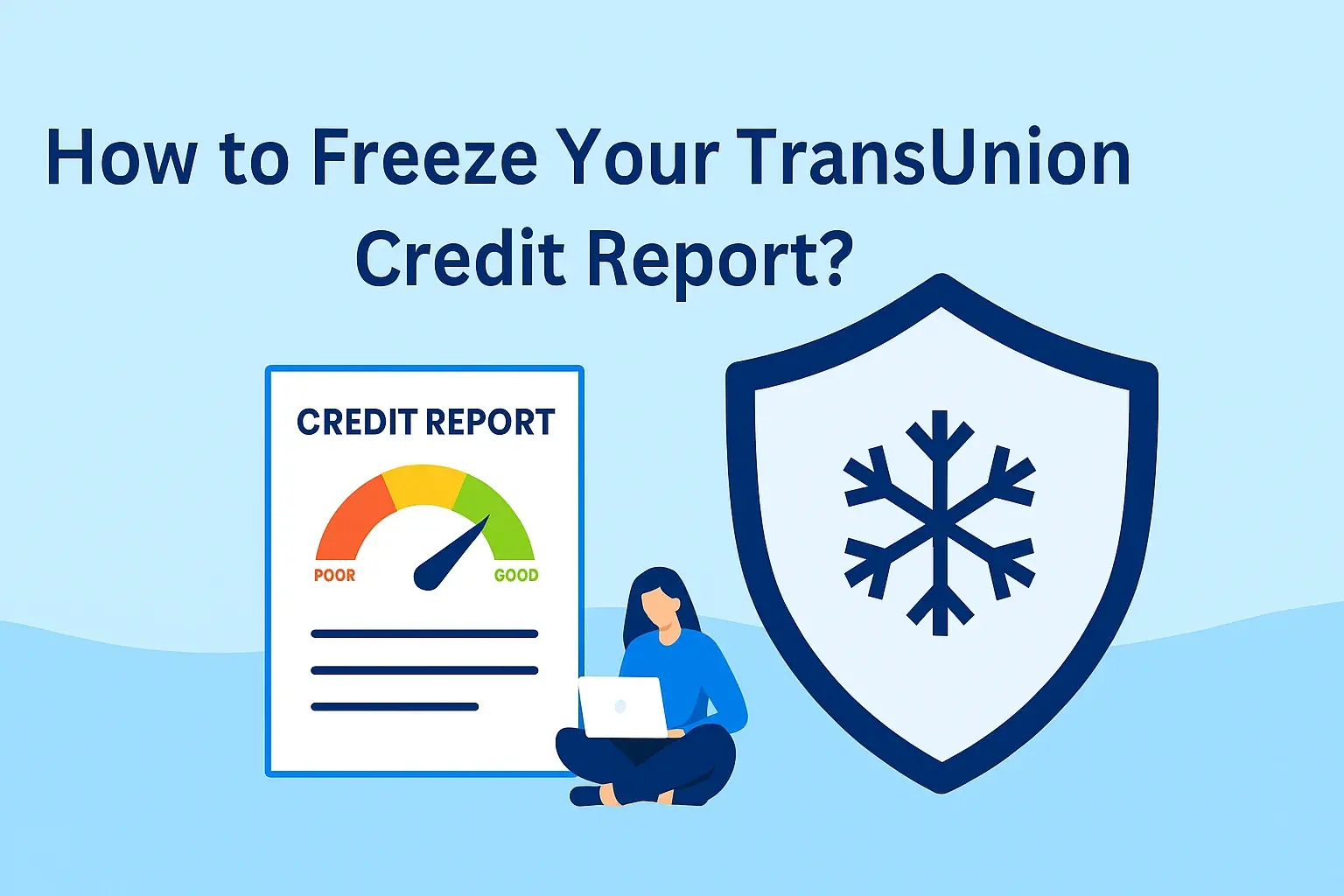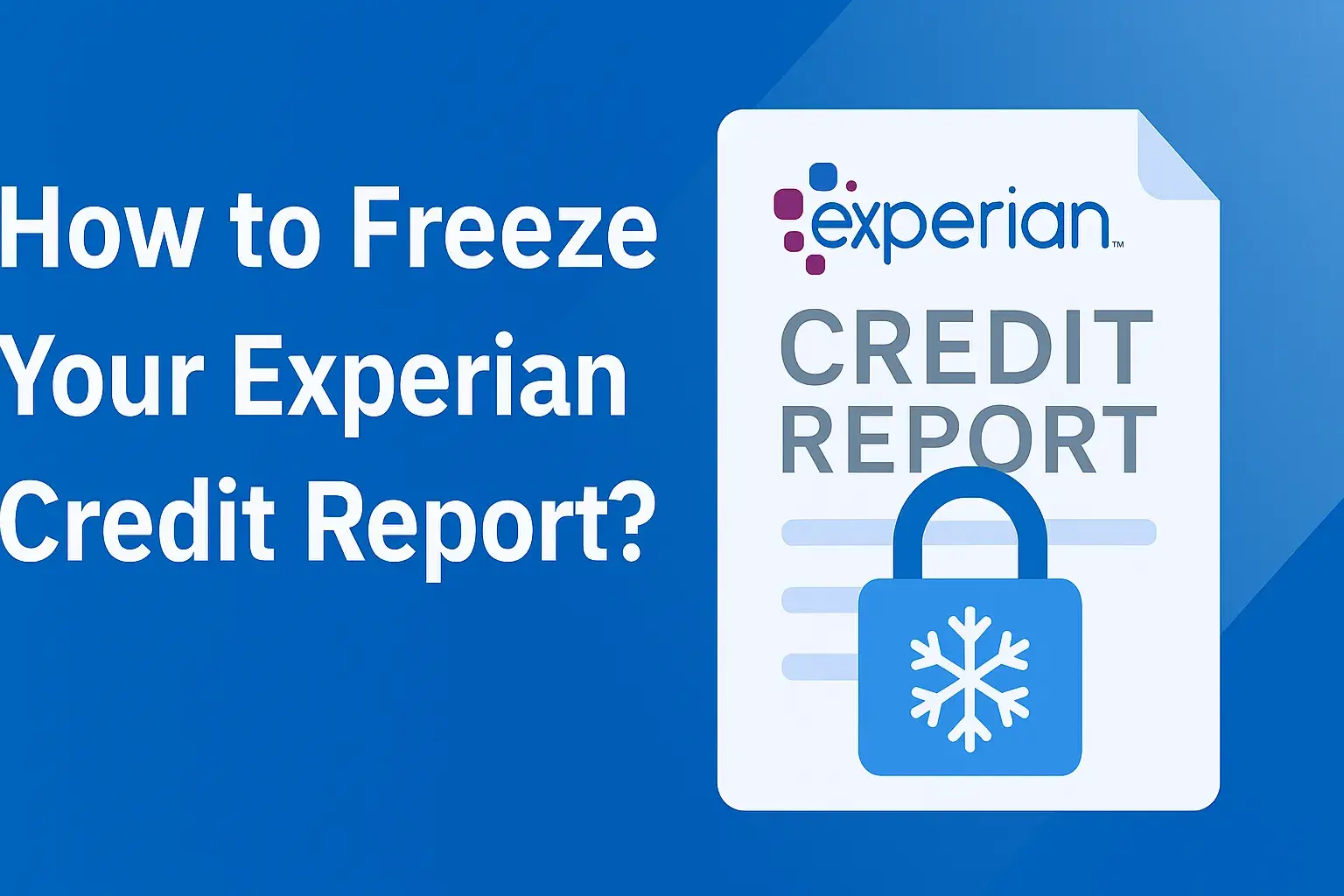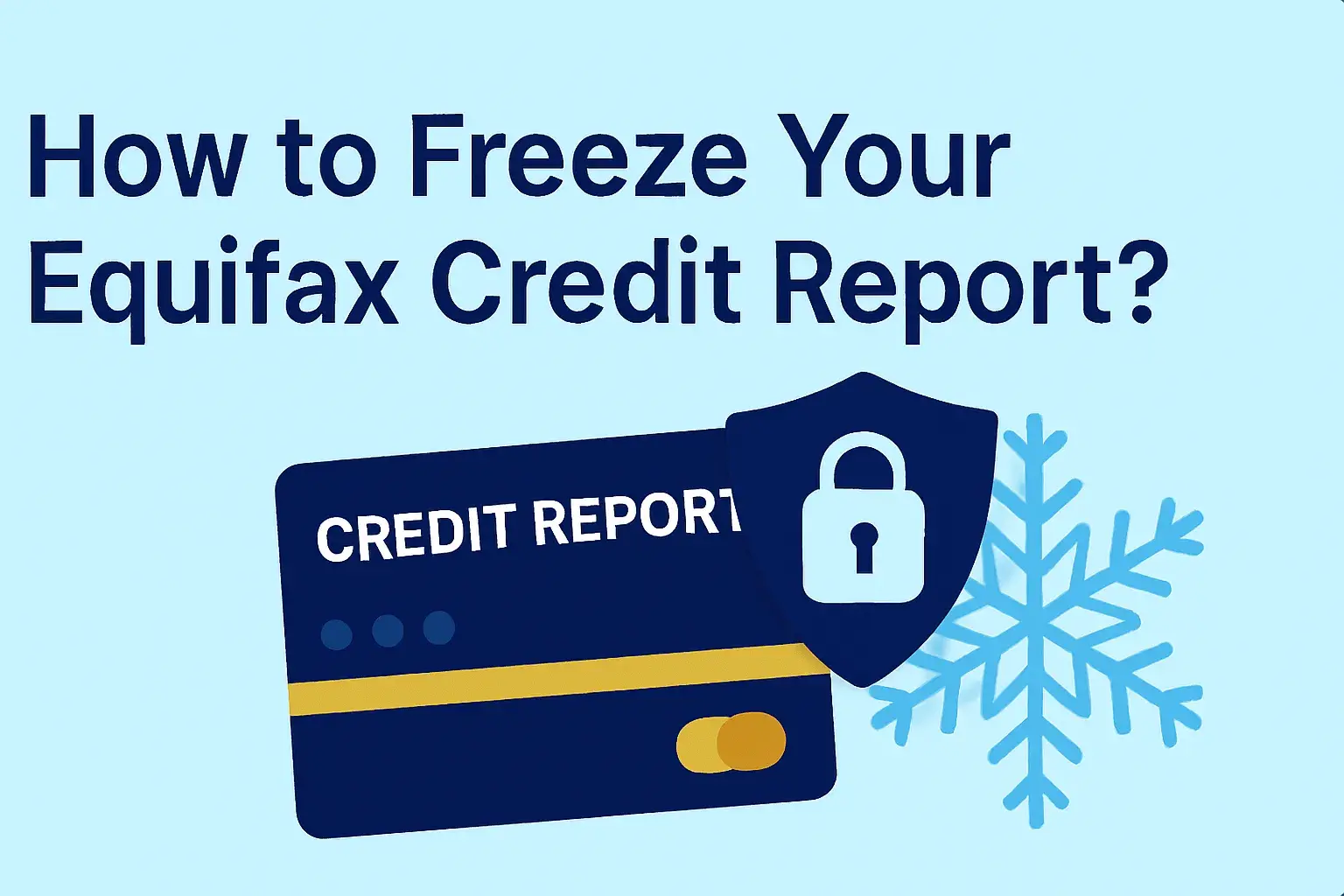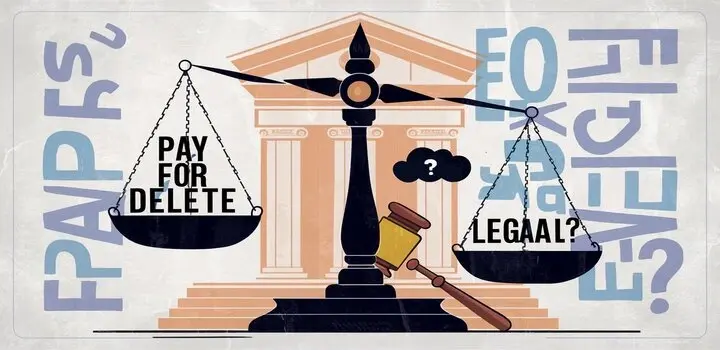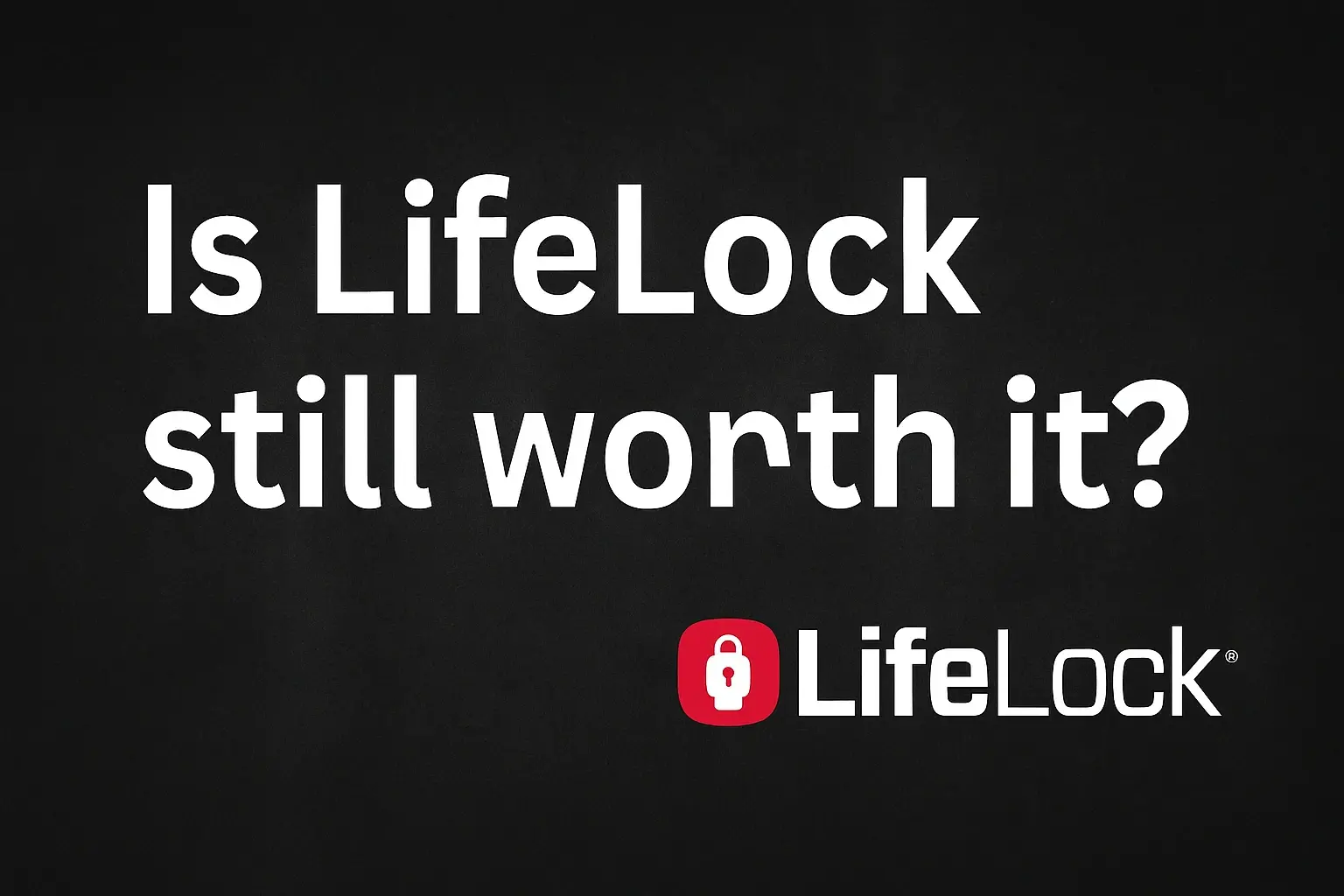-
Posted on: 28 Jun 2024
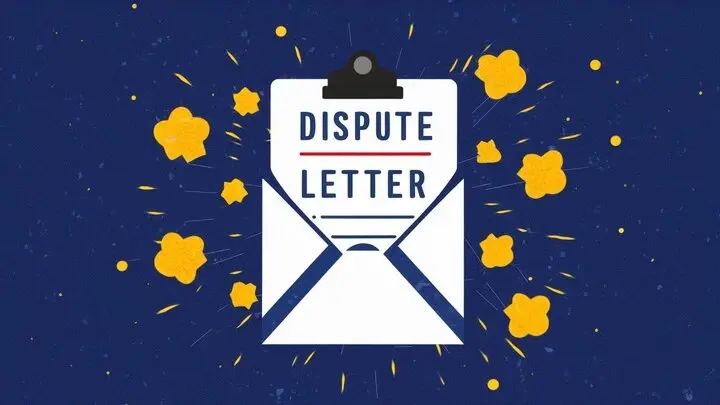
-
Your credit score plays a pivotal role in various aspects of your life, from securing loans and mortgages to obtaining favorable insurance rates. Errors on your credit report can significantly impact your score, potentially hindering your financial goals. A "609 dispute letter" is a method often discussed as a potential solution for addressing inaccuracies on your credit report. But what exactly is a 609 dispute letter, and, more importantly, does it actually work?
Understanding the Basics: Credit Reports and the FCRA
Before diving into the specifics of a 609 dispute letter, it's essential to understand the fundamentals of credit reports and the legal framework governing them. Credit reports are compiled by credit bureaus (Experian, Equifax, and TransUnion) and contain information about your credit history, including your payment history, credit accounts, and any derogatory marks like late payments or bankruptcies.
The Fair Credit Reporting Act (FCRA) is a federal law that protects consumers by ensuring the accuracy and fairness of credit reporting. Under the FCRA, you have the right to:
- Access your credit report.
- Dispute inaccurate or incomplete information on your credit report.
- Have credit bureaus investigate and correct any errors.
- Sue credit bureaus or furnishers of information for violations of the FCRA.
What is a 609 Dispute Letter?
A 609 dispute letter is a type of credit dispute letter that leverages Section 609 of the FCRA. This section focuses on the credit bureaus' responsibility to verify the accuracy of information they report. The idea behind a 609 letter is to request verification of the information from the original source (the furnisher, such as a bank or credit card company) within a specific timeframe, usually 30 days.
Proponents of the 609 letter often suggest that it's a "loophole" to remove negative items from your credit report, regardless of whether the information is accurate or not. The argument is that if the credit bureau cannot obtain verification within the allotted time, they are obligated to remove the item from your report. However, this interpretation is often misleading.
The Core Argument of a 609 Letter
A typical 609 letter requests the credit bureau to provide the "method of verification" used to confirm the accuracy of the disputed information. This is based on Section 609(a)(1)(A) of the FCRA, which gives consumers the right to request a summary of the information provided to the credit bureau. The letter implies that if the bureau cannot readily provide the detailed verification process, the item should be removed.
What a 609 Dispute Letter Typically Contains:
- Your full name and address.
- Your date of birth and Social Security number (use cautiously, only if necessary for identification).
- A clear statement identifying the specific item(s) you are disputing, referencing the account number and the specific inaccuracy.
- A request for the credit bureau to provide the method of verification used to confirm the accuracy of the information.
- A polite but firm tone, emphasizing your rights under the FCRA.
- A copy of your driver's license and a utility bill for proof of address (optional, but often recommended).
Does a 609 Dispute Letter Really Work? The Truth and Limitations
The effectiveness of a 609 dispute letter is a subject of much debate. While it's true that the FCRA requires credit bureaus to investigate disputes, the notion that a 609 letter guarantees the removal of negative items is often overstated.
Here's a realistic perspective:
- Accurate Information Will Likely Be Reverified: If the information on your credit report is accurate, the furnisher will likely reverify it with the credit bureau. The credit bureau will then update your report, and the item will remain. Simply sending a 609 letter will not magically erase legitimate debt.
- Inaccurate Information is Key: The real power of the FCRA lies in disputing genuinely inaccurate, incomplete, or unverifiable information. If you can provide evidence that the information is incorrect (e.g., wrong account balance, incorrect payment history), your dispute is more likely to be successful.
- The "Method of Verification" Loophole is Often Misunderstood: Credit bureaus are not required to provide a detailed, step-by-step account of how they verified the information. They only need to provide a summary of the information provided by the furnisher. The furnisher, in turn, is obligated to conduct a reasonable investigation.
- Frivolous or Irrelevant Disputes Can Be Ignored: Credit bureaus can deem your dispute frivolous if it lacks merit or is substantially similar to a previous dispute. Sending the same 609 letter repeatedly without providing new information is unlikely to yield results.
When a 609 Letter Might Be Helpful:
- Identity Theft: If you are a victim of identity theft, a 609 letter can be used to dispute fraudulent accounts and charges on your credit report. In this case, providing documentation like a police report can strengthen your claim.
- Incorrect Reporting: If a creditor is reporting information incorrectly (e.g., reporting late payments when you paid on time), a 609 letter can prompt them to correct the error. Provide proof of payment, if possible.
- Outdated Information: The FCRA limits how long negative information can remain on your credit report (usually 7 years). If an item is older than the legal limit, a 609 letter can be used to request its removal.
The Dispute Process: A Step-by-Step Guide
Regardless of whether you use a 609 letter template or create your own dispute letter, the basic process remains the same:
- Obtain Your Credit Reports: You are entitled to a free credit report from each of the three major credit bureaus (Experian, Equifax, and TransUnion) once per year at AnnualCreditReport.com. Review your reports carefully for any errors or inconsistencies.
- Identify Inaccurate Information: Pinpoint the specific items you want to dispute. Note the account number, the creditor, and the reason for your dispute.
- Gather Supporting Documentation: Collect any documents that support your claim, such as proof of payment, identity theft reports, or court documents.
- Draft Your Dispute Letter: Write a clear and concise letter to each credit bureau, detailing the inaccurate information and providing supporting documentation. Be sure to include your full name, address, date of birth, and Social Security number (use cautiously). You can adapt a 609 letter template if desired, but ensure it accurately reflects your specific situation.
- Send Your Dispute Letters via Certified Mail: Send your letters via certified mail with return receipt requested. This provides proof that the credit bureau received your dispute.
- Wait for a Response: Credit bureaus have 30 days (extendable to 45 days in some cases) to investigate your dispute. They will contact the furnisher of the information and request verification.
- Review the Results: The credit bureau will notify you of the results of their investigation. If the information is verified, the item will remain on your report. If the information is found to be inaccurate or unverifiable, it will be removed or corrected.
- If the Dispute is Unsuccessful: If the credit bureau does not remove the item, you have several options:
- Re-dispute with new information: If you have additional evidence, you can re-dispute the item.
- File a complaint with the Consumer Financial Protection Bureau (CFPB): The CFPB can investigate complaints against credit bureaus and furnishers of information.
- Contact the furnisher directly: You can contact the creditor or lender directly to dispute the information.
- Consider legal action: In cases of serious errors or violations of the FCRA, you may consider consulting with an attorney.
Alternatives to the 609 Dispute Letter
While a 609 dispute letter can be a starting point, consider these alternative or complementary strategies for improving your credit:
- Directly Contact the Creditor: Sometimes, contacting the creditor directly to resolve the issue can be more effective than disputing with the credit bureau. They may be willing to correct the error or negotiate a payment plan.
- Debt Validation: If you believe you don't owe a debt, you can send a debt validation letter to the collection agency requesting them to provide proof that the debt is valid and legally enforceable.
- Good Credit Habits: The most effective way to improve your credit score is to practice good credit habits, such as paying your bills on time, keeping your credit utilization low, and avoiding new credit applications unnecessarily.
- Credit Counseling: If you are struggling with debt, consider seeking guidance from a non-profit credit counseling agency. They can help you develop a budget, manage your debt, and improve your credit score.
The Importance of Accuracy and Persistence
The key to successful credit repair is accuracy and persistence. Thoroughly review your credit reports, gather supporting documentation, and be prepared to follow up with credit bureaus and creditors. While a 609 dispute letter can be a useful tool, it's not a magic bullet. Understanding your rights under the FCRA and taking a proactive approach to managing your credit are essential for achieving your financial goals.

